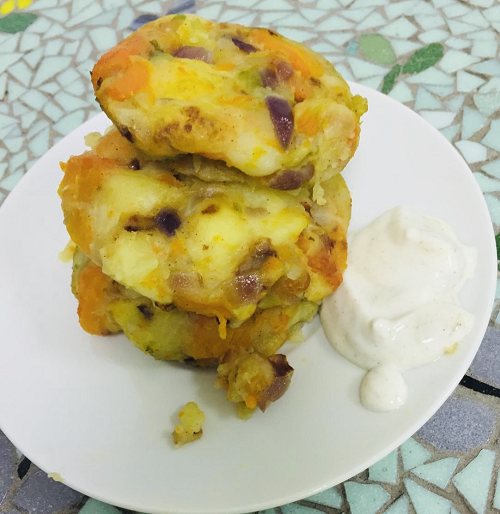How to not waste food – Food wastage is when food that could be eaten by us has been left to go off or is discarded. Certain measures can help reduce this waste. These include doing a food audit, reducing portion sizes, freezing extras, and using leftovers in other recipes.
Before shopping for food check what you already have including items in your fridge, and freezer. Be aware of food approaching their use by and best before dates, try using these and perishable foods first. The difference between “use by” and “best before” date is: Use by date – this is about the date up to which the food is safe to eat; best before date means the food may not be of best quality after this date.
Top tips on reducing food wastage
When shopping include fresh foods that keep longest, and those with a longer shelf life. Being organised in the kitchen will help you keep track of foods that are ready to eat. Cooked food that is not eaten is also a waste, reducing portion sizes can be useful. Begin with a smaller portion, people can always have second helpings. If there are left overs use them with other recipes. Also plan ahead of the quantity you need to cook. Freezing extras can help preserve food for longer. These measures should help reduce food wastage.
You can learn more about portion sizing on our Eating page
There are also some great tips on tackling food wastage on the Love Food Hate Waste website
Bubble and squeak, a popular English dish, is an example of what you can do with leftover vegetables. Leftover and other vegetables can be used instead of those listed in the recipe, but try to include potatoes.
Bubble and squeak recipe
Ingredients – Serves 4
½ cabbage finely shredded
4 medium sized potatoes finely chopped
2 large carrots finely chopped
1 medium sizes red onion finely chopped
½ lemon juiced
2 tbs garlic infused olive oil
Salt and pepper to taste
Method
- In salted boiling water add cabbage, potatoes, and carrots, then simmer until potatoes are tender and drain. If all the vegetables are leftovers and already cooked no need to simmer in water.
- Add oil in non-stick frying pan and sauté onions until soft, then add vegetable mixture and stir-fry for about 8 minutes.
- Once cooked add lemon juice , allow to cool, then shape into small cakes and bake on grease proof paper for 15 minutes or until golden on 200c/ gas 6
Blog by
Farhanda Shah
Dietitian
View posts by category:
